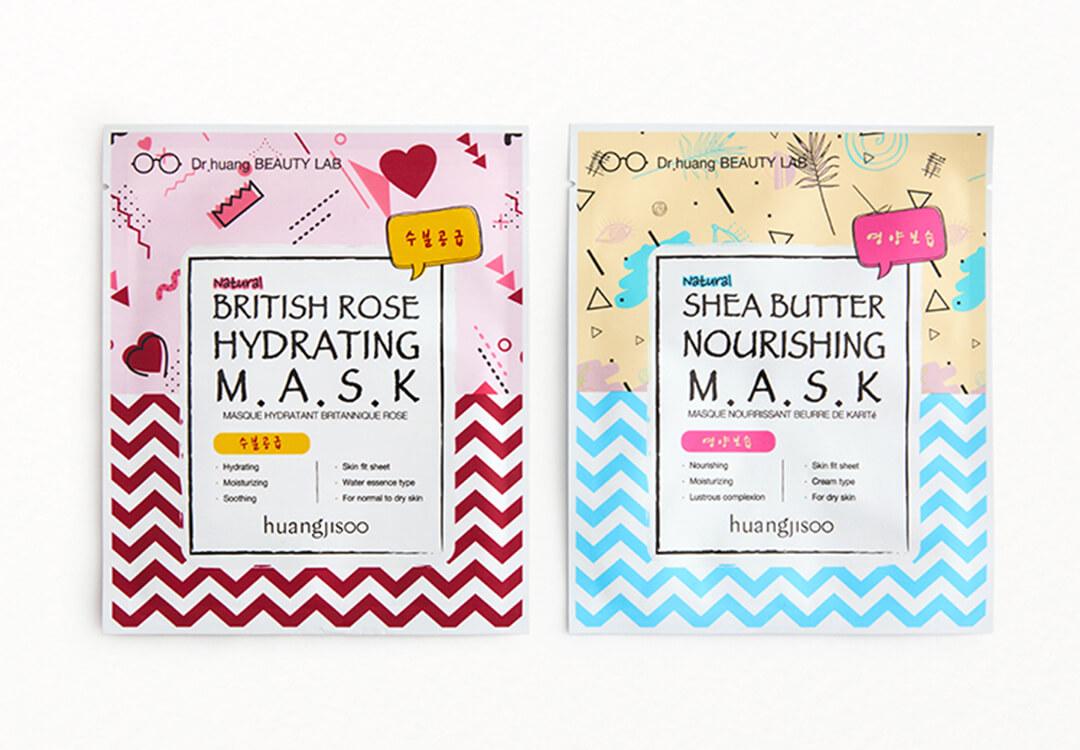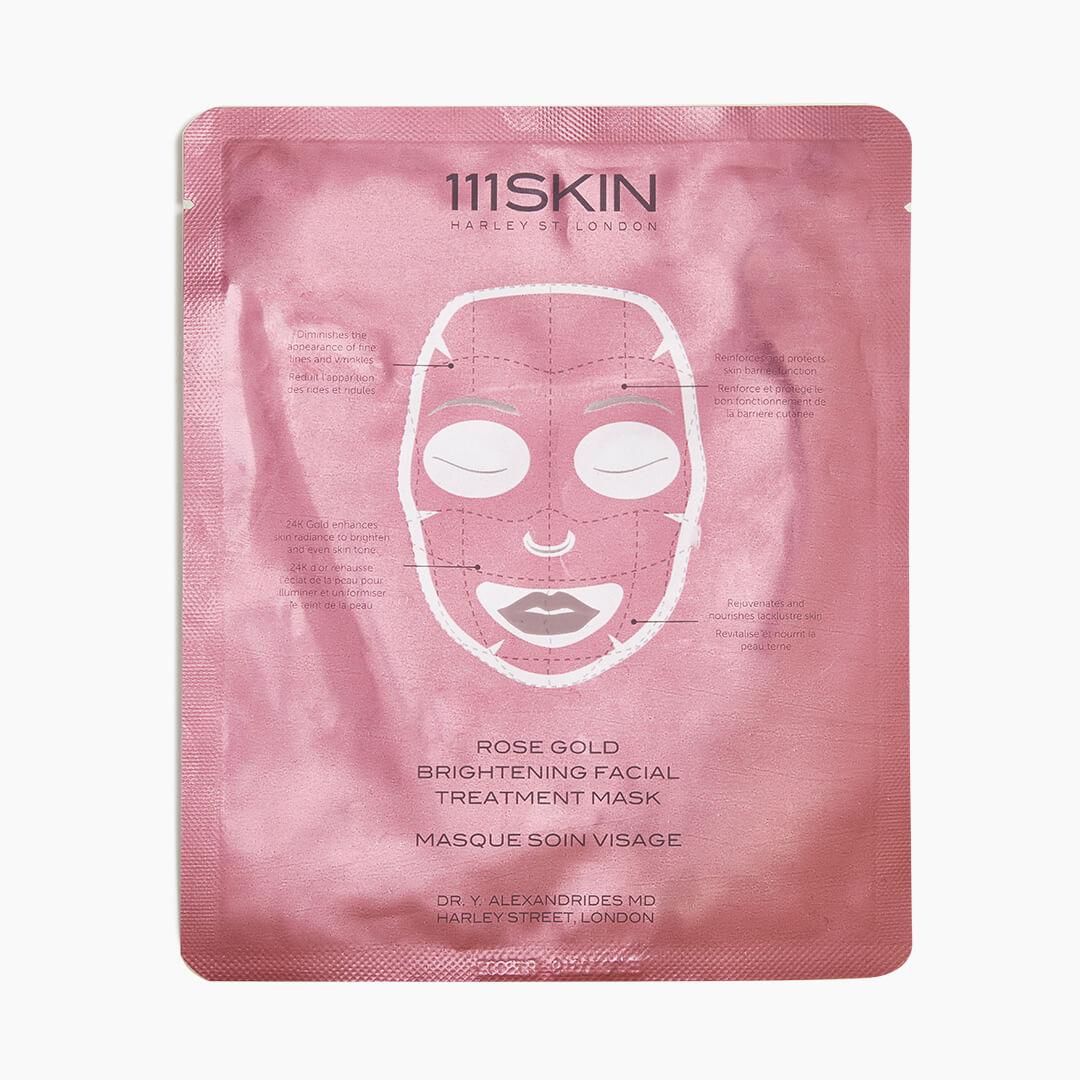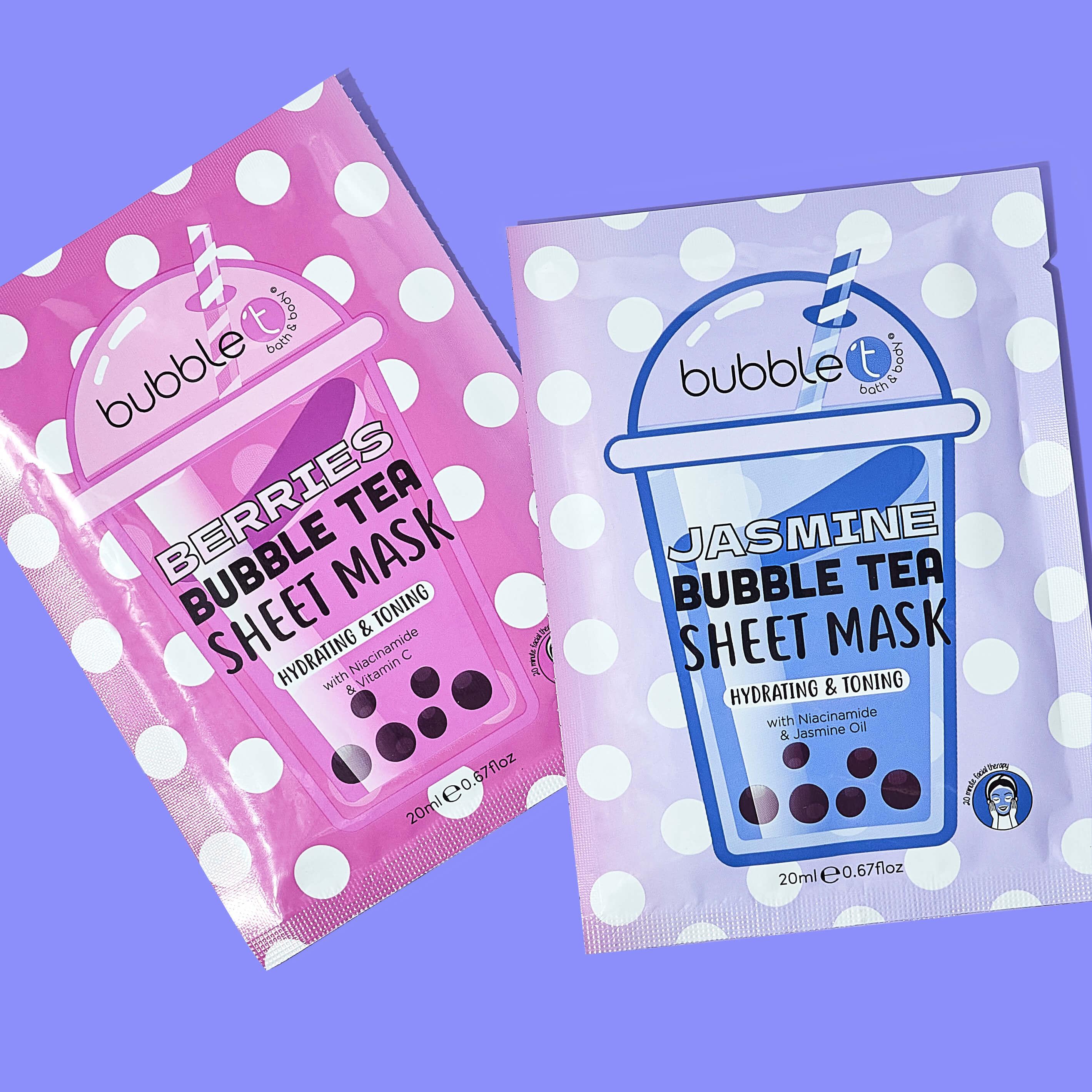The Ultimate Sheet Mask Guide: Everything You Need to Know



Hannah Cassidy


They’re portable, a quick way to boost your glow, and in so many selfies they might as well be considered an official Instagram filter. While they might seem like a product of the digital age, sheet masks have been a beauty secret for ages. In fact, in the Victorian era, women were known to lay cold cuts of raw meat on their faces to reduce puffiness. Now that we’re all sufficiently horrified, we’d like to remind you that a) sheet masks are no longer made with meat and b) maybe Lady Gaga might have been onto something.
Fast forward to 2024 and you’ll find a plethora of these single-use pouches in almost any beauty aisle. If you’ve got a complexion problem, there’s a sheet mask (claiming) to fix that. But how do you find one that’s right for you? To help us navigate the insanely large selection of sheet masks out there, we spoke with skincare expert Aziel Rodgers for all the intel.


It's about glam time you treated yourself.
MEET THE EXPERT
Aziel Rodgers is the lead esthetician of The Things We Do in Los Angeles
First, What *Is* a Sheet Mask?
It’s like a moisturizing superhighway for your skin. Essentially, sheet masks consist of two main components: a “sheet” and the serum that saturates it. According to Rodgers, these sheets (which can be made from cotton/non-woven fibers, hydrogel, or a bio-cellulose material) seal the serum into the skin for major hydration.
“Think of sheet masks as a dense serum you’d leave on for 10 to 20 minutes,” says Rodgers. Unlike traditional at-home masks (like clay-based, oil-absorbing types), sheet varieties are typically made with moisture in mind. The occlusive barrier keeps the formula from evaporating too quickly, which means all that serum-y goodness stays locked in for happy, hydrated skin.
How Do You Apply a Sheet Mask?
It would be easy to slap a sheet mask on your face and call it a day, but there are a ton of easy tweaks that will elevate your masking into a home-spa experience.
Before you get to masking, make sure your skin is freshly cleansed and dry.
To maximize absorption, Rodgers recommends pressing a toner into skin before application.
Now that you’re ready to go, remove the mask from its package, unfold, and gently lay it over your face—aligning the holes to your eyes, nose, and mouth.
It’s worth noting that sheet masks are usually a one-size-fits-all sitch, which may not work for your facial dimensions. If you’re struggling with a mask that won’t stay put or serum leaking into eyes (major ouch!), consider snipping the edges of the nose/mouth/eye openings to allow for a better fit.
Then, sit back and relax for about 10 to 25 minutes—depending on your mask’s instructions.
While you wait for the mask to do its work, don’t throw out the packaging—put that extra serum to good use. “Use the excess on your neck, décolleté, elbows, knees, arms... basically wherever else you’d like,” advises Rodgers.
All done? After removing the physical sheet, resist the urge to wipe clean and instead massage the serum into your skin.
Follow with your fave moisturizer or facial oil and marvel at your ultra glowy complexion.
What Skin Types Are Sheet Masks Best For?
In short: Sheet masks can work for almost every skin type—but because of their occlusive properties, they are total heaven for drier skin types. If you don’t have dry skin, you’re still in luck. There are tons of masks available that cater to different concerns (like brightening, clarifying, calming, etc.) and their individual packaging allows you to cater to fluctuating skin conditions. “You can determine that by how your skin is behaving that day and/or what the mask is meant to target,” says Rodgers. Her ultimate hack? Bust out the scissors. “Let’s say you have some breakouts on your forehead but your cheeks need a little more hydration—cut the mask in half, place the lower portion of the mask on the lower half of the face and then the forehead portion elsewhere, like the neck or décolleté,” Rodgers says.
What Are the Benefits of Sheet Masks?
While estheticians prefer the ease of customization and control that traditional masks provide, sheet masks are a great option for home skincare. Here’s why:
Sheet Masks Are Super Hydrating
In case you didn’t get the message already, these babies are the ultimate go-to for a quick hit of moisture and plumping fine lines. To amp up the hydration factor, look for key ingredients like glycerin (a natural humectant), nourishing shea butter, or the ultimate hydrator, hyaluronic acid.
IPSY Pick for Reviving Dry Skin: HUANGJISOO Sheet Mask Set in Shea Butter Nourishing Mask and British Rose Hydrating Mask


Sheet Masks Are Way More Sanitary
With jar mask formulas, there’s always a chance of contamination through bacteria on fingers and double dipping—yep, we’re guilty too. Sheet masks are vacuum sealed and a one-time-use, so you’re always getting a fresh application. The longer shelf life means you can keep a stash of facial sheet masks at the ready (along with wine and chocolate) to self-soothe whenever the time arises—aka every month.
IPSY Self-Care Sunday Must-Have: 111SKIN Rose Gold Brightening Facial Treatment Mask


They Are Convenient
Single-use sheet masks are great when you need a little ease in your day. Luckily, brands are going a little more green these days to help offset the individual packaging. “Look for sheet masks that are presented as sustainable—i.e. are compostable, biodegradable, or reusable),” she suggests. Plus, we can’t overlook their travel-friendly benefits. Pop a few into your carry-on and you’ll be set for good skin days wherever you go.
Wanna Stock Up? IPSY Fave Sheet Mask Duo: BUBBLE T COSMETICS Sheet Mask Duo in Berries and Jasmine


Are There Any Downsides to Using Sheet Masks?
Like most skincare products, it’s a trial and error process to find a sheet mask that’s best for your individual needs. However, as a general rule of thumb, Rodgers recommends that sensitive or acneic skin types do their homework to choose a mask that won’t aggravate inflammation. “Really look at the ingredients to see if there’s anything that may cause sensitivity or a reaction,” says Rodgers. Her advice? There are three big ingredients to be wary of: majorly drying alcohols (like fragrance, alcohol denat, SD, or ethyl), silicone (a known pore-clogger), and irritation-causing sulfates. If one mask doesn’t work out, don’t sweat it—there’s another serum-infused soulmate waiting for you.
Ready to level up your self-care? Take our Beauty Quiz now to get started with your own IPSY beauty subscription. Already an IPSY member? Refer your friends to earn points, which you can use toward products. Either way, don’t forget to check us out on Instagram and TikTok @IPSY.
Like this article? Share it with your friends by clicking the icons below!
Liked this post? Share!
Related Stories


Skin
How to Adjust Your Skincare Routine for Mature Skin in the Winter
Published on Dec 4, 2025 • 7 min read


Skin
Meet the Best Moisturizers for Winter, According to Dermatologists
Published on Dec 1, 2025 • 9 min read


Skin
What Is Inflammaging—and Why Everyone’s Talking About It
Published on Dec 1, 2025 • 8 min read


Skin
6 Skincare Trends to Have on Your Radar in 2026, According to Experts
Published on Dec 1, 2025 • 7 min read


Skin
We Grabbed Our Crystal Ball and Found These 6 Skincare Predictions for 2025
Published on Dec 10, 2024 • 7 min read


Skin
Simple Self-Care Tips That Actually Make a Difference
Published on Nov 13, 2025 • 12 min read


Skin
These 9 Face Scrubs Will Unlock Soft and Smooth Skin on Contact
Published on Nov 5, 2025 • 10 min read


Skin
10 Thanksgiving Foods That Will Have Your Skin Coming Back for Seconds
Published on Oct 15, 2025 • 7 min read


Beauty Picked Just for You
Get 5 products worth up to $70
Plus exclusive access to epic deals up to 80% off
Starting at just $14/month. Cancel anytime.